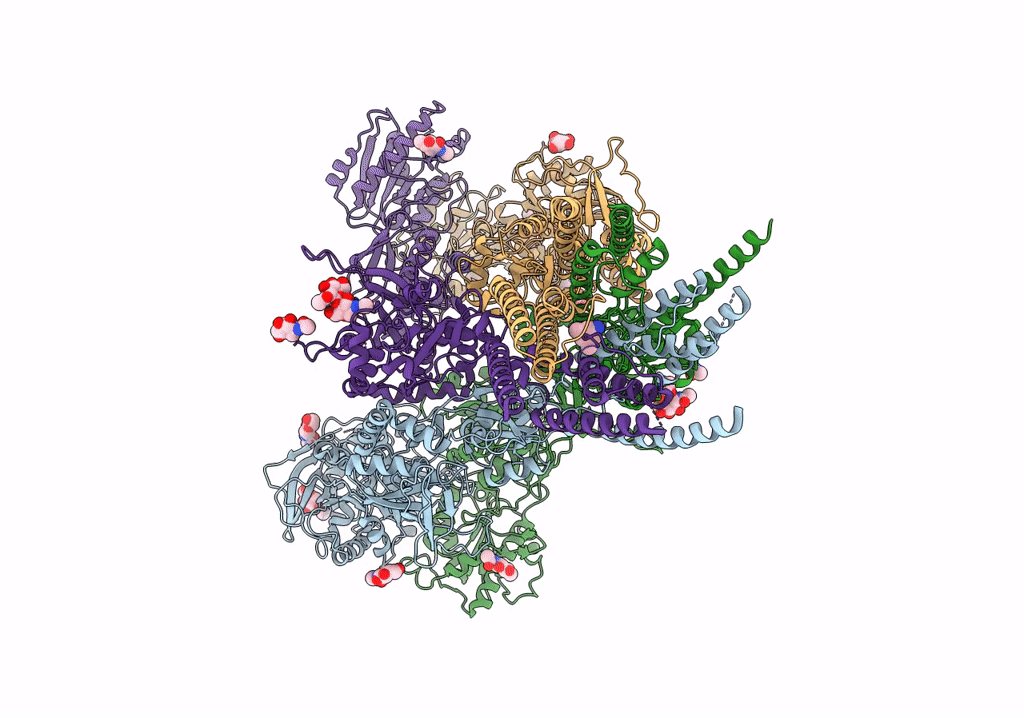
Deposition Date
2021-09-22
Release Date
2022-07-20
Last Version Date
2025-06-04
Method Details:
Experimental Method:
Resolution:
3.96 Å
Aggregation State:
PARTICLE
Reconstruction Method:
SINGLE PARTICLE


